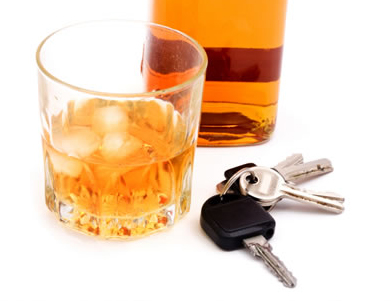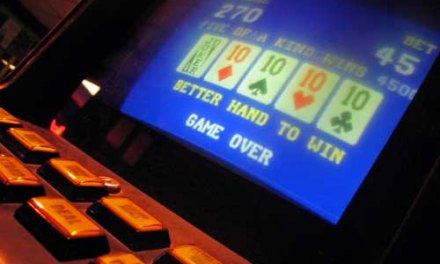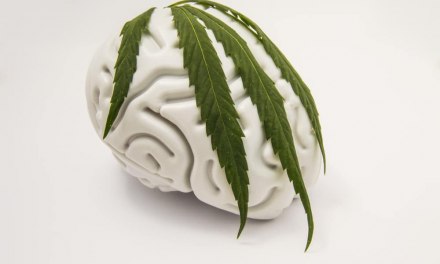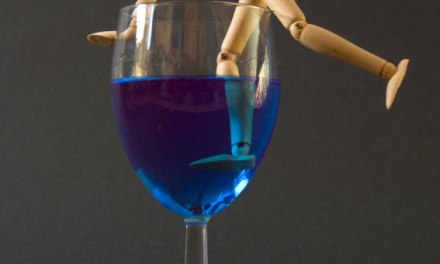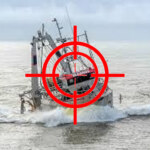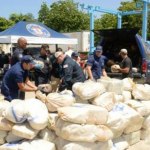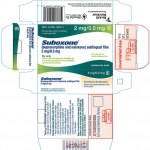I believe the last time we discussed the topic of so-called “hard-core” drunk driving was all the way back in 2020. Well, to nobody’s surprise, the problem is still with us.
For example, this recent arrest in Wisconsin:
42-year-old Wisconsin man arrested for 6th OWI offense
The charges: Operating while intoxicated; Operating after license revoked; Failure to install an ignition interlock.
That last was probably based on an order from the judge at the driver’s previous sentencing — an order he apparently ignored.
Then again, the vehicle he drove in pursuit of his sixth offense was actually registered to a different owner. A reminder to readers in Wisconsin: “…under state law… vehicle owners who knowingly allow someone without a valid driver’s license to operate their vehicle can be cited.”
They get a ticket, too?
Currently, hard-core drunk driver is defined by law-enforcement as “those who repeatedly drive with a blood alcohol level of 0.15 percent or above, may have more than one drunk driving arrest, and are highly resistant to changing their behavior despite previous sanctions, treatment, or education efforts.”
I’ve met my share who qualify.
Our 2020 article described a man just arrested for his 14th offense. By the way, he had already completed two years of a four year prison sentence when arrested again. Police found crushed beer cans scattered around the bed of his truck, plus a 30-pack of beer in the rear seat.
The arresting officer describes a strong odor of alcohol that led him to administer a sobriety test. Naturally, our hero failed.
When I asked AI for the highest total of arrests on record for a single driver, this came up: “Jerry Zeller, nicknamed “Mr. DUI,” is rumored to have accumulated over 30 DUI arrests in South Dakota.”
After years of research, the consensus has emerged that the most effective interventions for the hardcore offender involve both treatment and court supervision. Also, the promptness of intervention and the likelihood of getting caught are more important than the severity of punishment.
Incarceration alone is almost never effective— in fact, drinking may well resume the day the offender is released.
So why do we still have hard-core DWI offenders? My guess: Some drinkers have reached the point in their disease where they can no longer function without alcohol.
“I get the shakes,” one man explained to me during an assessment. “I need a drink to calm them. Otherwise I’d be all over the road. I’d probably cause an accident.”
“Why not sell the car and give up driving before somebody gets killed?” I asked. He stared at me as if I’d lost my mind. He had places to go, I suppose.
One or two I’ve met have simply been oppositional by nature— they resist any direction that comes from authority. “Nobody tells me what to do,” is their motto.
Whatever the reason, they remain a menace to the rest of us.

